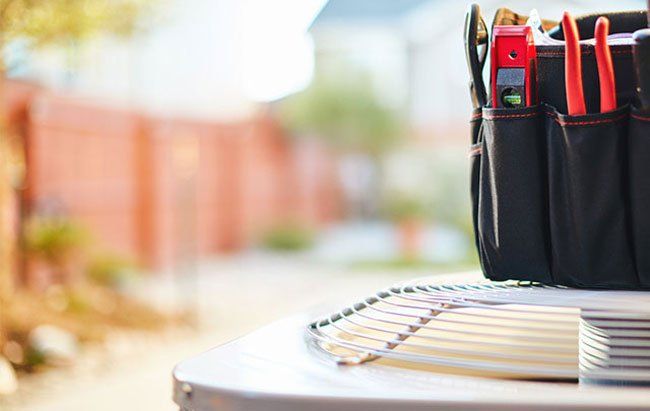8 HVAC Myths Debunked

Keeping your HVAC system in tip top shape is no easy feet. Now a days social media can be a god send providing real world advice and anecdotes from friends and family. Unfortunately this can also lead to a lot of misconceptions and bad information floating around. We've made a list of 8 HVAC myths that we see discussed on social media constantly.
1. You only have to change your filter once per year. I cannot stress this enough. The majority of HVAC system issues can be related back to airflow problems. A dirty filter will greatly reduce the amount of air traveling though your system. Both your A/C and Heating systems are designed with a specific amount of airflow required for proper operation. If your filter is plugged, it can reduce airflow by as much as 90%. This can cause A/C freeze ups, blower motor failure, compressor failure, and of course no cooling. During the heating cycle the same is true. without enough airflow the furnace will overheat and shut down on high temperature safeties leaving you without heat. Your filter should be changed every two months minimum to ensure continues operation of your system.
2. The bigger the HVAC system, the better. This is entirely false. Installing a system that has too much capacity will cause it to short cycle, turning on and off continually. This causes premature equipment failure and will cost you bundle in energy costs. With HVAC systems bigger is definitely not better.
3. Close vents in unused rooms to save energy. This will actually cause drastic increases in air pressure in the system. As a result air leaks in the duct joints and seams can occur sending air into the walls and floors of your home rather than through the intended registers. As well the room with closed registers will of course be a drastically different temperature than the rest of the house and will still have an open return air supply grill. This will allow the air in that room to mix with air from the rest of the home, requiring more energy to heat or cool it when it eventually makes its way back to the furnace.
4. Thermostat location isn't important. If your thermostat is placed too close to a supply air register, or in direct view of a window it may give off false readings. If the sun shines directly on the thermostat it will read that house is warmer than it actually is. It will then bring on the AC prematurely and waste energy and possibly cause system failure due to short cycling.
5. Routine maintenance is easy, optional & you can do it yourself anyway. This is definitely false. A proper maintenance and inspection of your HVAC system is critical to system operation and safety. Your HVAC system uses many different processes and hazardous materials to do it's job. Refrigerants, electrical components, fuels and moving parts all need to be inspected and tested regularly.
6. An energy efficient unit will automatically save me money. Though higher efficiency units are necessary to make any positive change to your energy consumption, there are other factors required to do so. If your windows and door seals leak, or if your home has a poor insulating factor a high efficiency unit wont make much of a change at all.
7. Running fans lowers the temperature of a room. This is not true. Moving air around a room does not cool the air, the breeze is only gives off the effect of cooling the air when it hits your skin. The room will actually remain at the same temperature with or without the fan running. So if you're not occupying the room, leaving a fan running all day will only increase your energy consumption.
8. Setting your thermostat to an extreme warm or cold temperature will make your system work faster. Your system can only provide a certain amount of heating or cooling in a given hour. This is a set factor and does not change depending on how high or low you set the thermostat. Doing this will only allow the system to run longer, not faster. A general rule to avoid system freeze ups among other things is the 3 degree max rule. Don't set your system anymore than three degrees away from the current indoor temperature. Your system should be able to swing three degrees in either direction in about an hour. If you still don't like the temperature you reset it again using the 3 degree max rule.
If you have a question about your system, and you're not quite sure if your Facebook friends have the answer (we promise, the probably don't).





